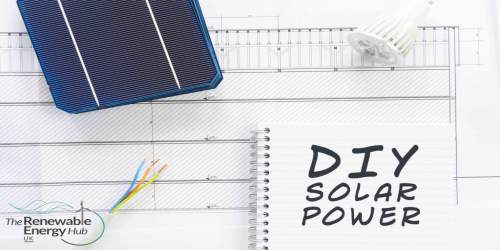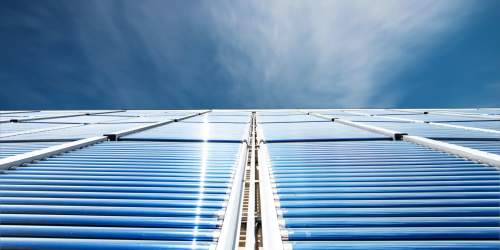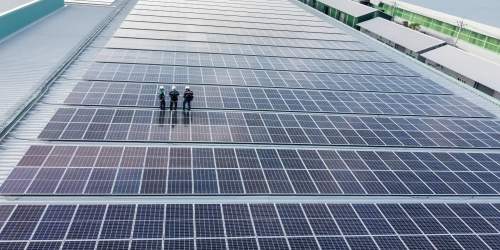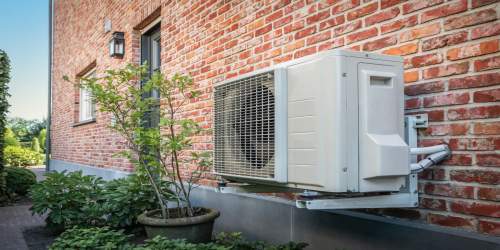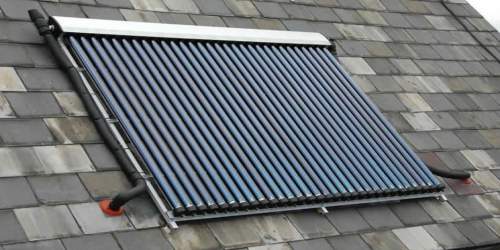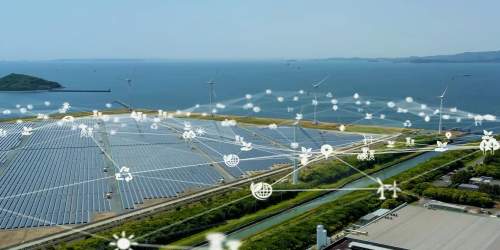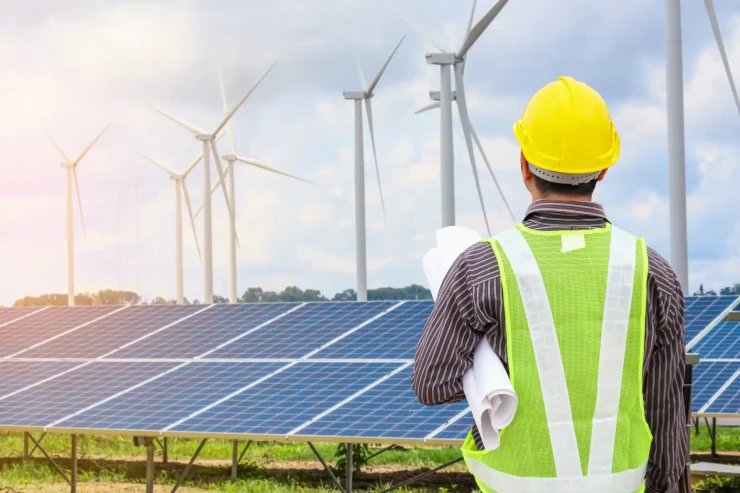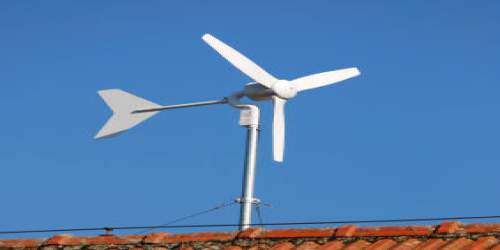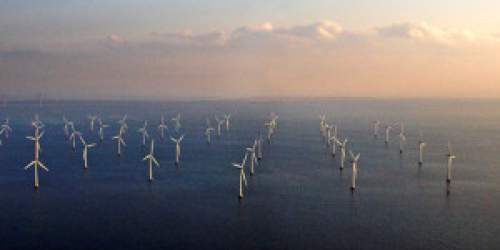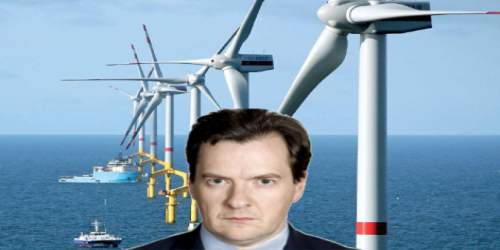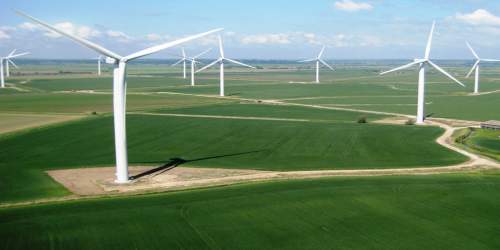The secretary of state will be reviewing a proposal for the largest solar plant ever built within the next 6 months. If building goes ahead the Cleve Hill solar farm will occupy the north coast of Kent and provide up to 350 megawatts of generating capacity, five times the capacity of the UK’s current largest solar farm. Although there have been subsidy free solar installations before, Cleve Hill will be the biggest one yet covering 1,000 acres of land. It is planned for Cleve Hill to generate the lowest cost electricity on the UK network. Operators will have the option of storing energy when the electricity price is low and selling when it’s high as the plant will also include battery storage. From a grid control point of view, a 350MW solar farm with a battery store is the perfect answer for network operators as the power flows can be monitored making it easy to make predictions because any additional generation will be stored onsite.
Max Wakefield said recently in the Guardian:
“It’s a real ray of sunshine to see such ambitious clean energy projects emerging in the UK despite the policy obstacles.”
This is very much a turning point for the UK’s electricity supply. The UK has nearly a million solar panels including solar panels mounted on roofs and farms occupying entire fields.
Up until now the government has overseen the growth of solar power by controlling the level of subsidy they were willing to offer. When the subsidies were high the installation rate grew hugely, when they fell installation rates dropped to a very low level.
Cleve Hill could change all that by showing that it is possible to make money without there being any subsidies. As solar power generation becomes much cheaper and the government becomes less able to control solar power growth using subsidies and incentives it is possible that solar panels on roofs will make more financial sense. Will we start to see a balance of large and small systems being installed without subsidy?
There is no doubt that the Cleve Hill solar plant would indicate the moment when solar power becomes self-reliant. Cleve Hill definitely makes financial sense because it’s so big though this and other similar plants would have an environmental impact.
The public can see the sense in solar panels on roofs because electricity generation is happening at the point of use. Solar farms make sense to investors because they are cheaper to install per unit of electricity but also bigger – so finance can be accessed in larger chunks and investors can make more money.
However, Cleve Hill has to get agreement at the highest level of government and has to be developed with input from local authorities and electricity network operators to become part of the national infrastructure. Subsidy free rooftop solar would be far less controlled. Will this present a big problem or a golden solution?
This year the UK has had an unusually sunny summer. On Saturday 30th June at Midday solar produced 30% of the national demand for electricity. There were days during this period when a combination of wind and solar power provided 50% of UK energy. If you include nuclear power, there were several occasions this year when the demand for energy from gas and fossil fuels fell to about 20% of the UK’s requirements.
If subsidy free solar power was to be a real possibility, solar installations could double in number over the next few years and reach a 25-gigawatt peak capacity. If these were new rooftop systems deep within the electricity network where there is high demand it would still be problematic to balance supply and demand as rooftop solar is difficult to track and measure.
Perhaps there will be more subsidy free solar farms to begin with but as costs drop and the number of sensible sites for solar farms become less, rooftop solar power will become a better economic proposition again.
What is becoming clearer is that if Cleve Hill can make money without subsidy then we can almost certainly expect a low carbon future which includes a large solar power contribution.
Find out more about solar here.



